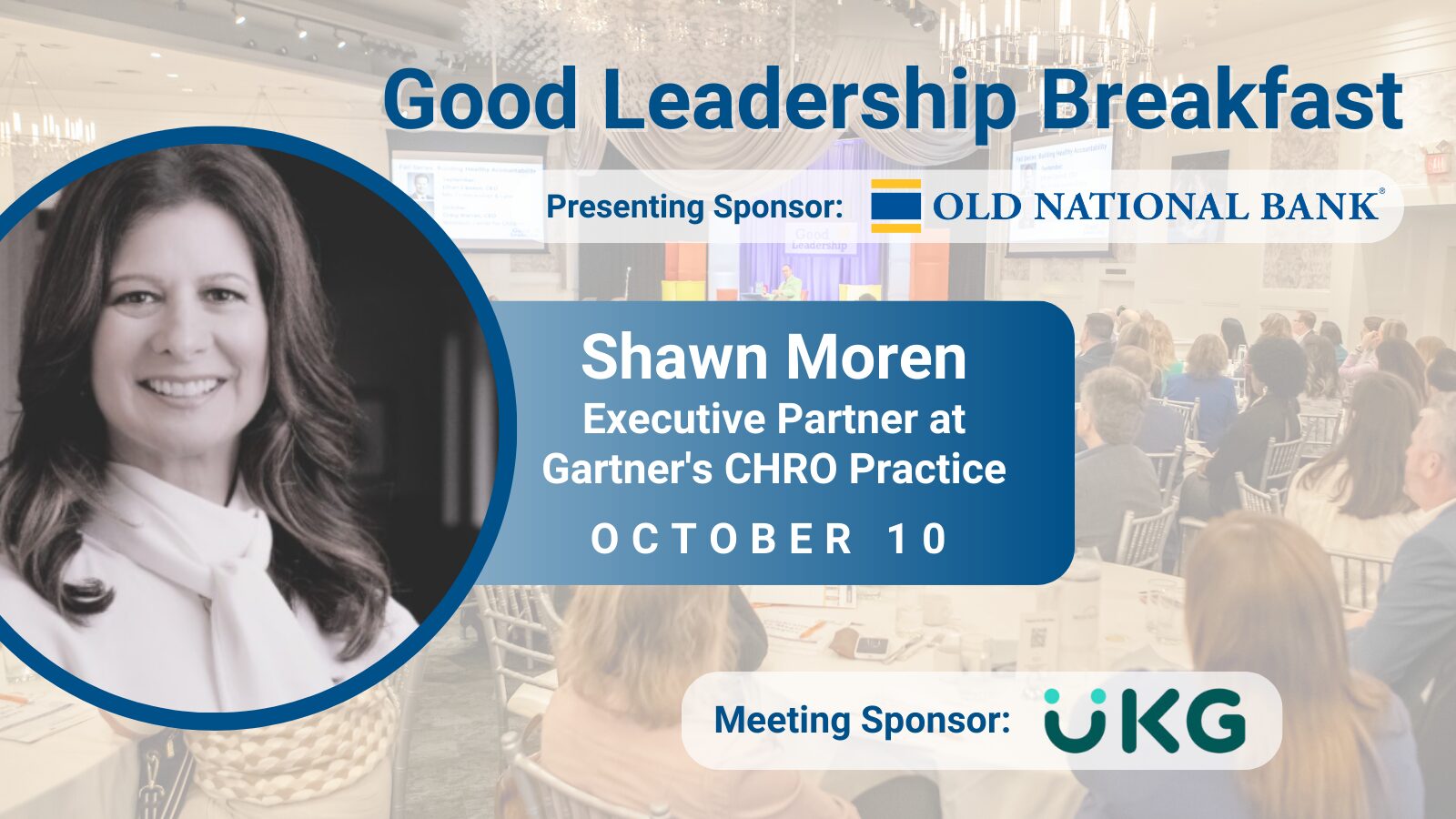

Leveraging a Teams of Teams Culture
Kevin Sensenig
Growth-oriented companies want operational assurance, a culture of accountability, where the teams across the organization deliver the promises in the operating plan, so senior executives stay focused on making competitive moves to win in the market and attract the best talent. For this reason, the most effective organizations today are embracing a transition:

In a recent coaching conversation, the senior leader of a scientific-based organization said, “I really like the concept of teams of teams, I just can’t see how to practically make the shift.” Creating a teams of teams culture, in which team members consistently seek accountability to deliver on the operating plan, requires a high level of engagement, commitment, and belief in the organization and the team—highly engaged employees who want to thrive and win together. When employees are finding joy in their day-to-day work, feel like they are growing personally and professionally, and are thriving with their teammates, they seek accountability – rather than waiting to be held accountable. That’s the centerpiece of a goodness culture: Team members who seek accountability to thrive and win together.
So, how do you establish a Goodness Culture that leverages the power in teams of teams.
Develop a teams of teams leadership mindset. Even if you assemble the right team members, little will change if you continue to lead in traditional ways.
- Focus on the cultural: Drive the transition from the hierarchical approach to a collaborative, teams of teams approach. Make this a constant part of your leadership thinking, talent review, and planning efforts.
- Build cohorts, not coalitions: Many leaders focus on building coalitions—bringing together cross-functional groups who may desire a common outcome but tend to remain focused on representing their function over team outcomes. Forming cohorts means focusing on building a team with members who are committed to growing together, performing together, and delivering customer results together.
- Attract strong talent that values working in a teams of teams environment: When working to attract top talent, don’t over value individual results over team results. Teams of teams do not rally around a single star, they rally around the team. So, attract industry A-players who are confident in delivering results with and through the team, not on their own.
Embrace Epoxy Theory in teams—Great results come from teams who create and maintain an equal mix of relational capital and structural integrity in how they work together.
- Build relational capital: Team performance is strongest when team members learn enough about one another that they develop a sincere interest in helping their colleagues thrive both inside and outside of work. Set the expectation that teammates understand one another’s personal and professional goals and aspirations so well that they are willing to sacrifice for one another to get their jobs done. Great results become possible when individuals spend their relational capital helping each other be accountable to big goals.
- Establish structural integrity: Build and refine processes for planning and problem solving. When structural integrity is strong, teams are emphatic about clarifying who is supposed to do what by when, who gets to make what decisions and why, and how the team will circle back to make necessary mid-course corrections to deliver the expected results.
- Embrace healthy tension: Harmony is the enemy of high performance. Good leaders know how to create healthy tension that improves both people and results. Healthy tension keeps people accountable and when that tension releases it creates a burst of new energy that keeps people fresh. Yes, teams need to be able to cooperate and compromise, but a peaceful harmonious workplace often creates a culture of compliance where leaders would rather have safe conversations and allow for poor performance then create tension that improves results.
Reinforce consistency. Establish the methodology, belief, and behaviors needed to gain the most from a teams of teams culture.
- Reward team behavior over individual behavior: In professional and technical settings, the superhero who has the best idea is often rewarded over the value of the team. In a teams of teams culture, it is important to not only value the individual contribution of team members but to highlight and recognize team-based behaviors that help the whole team thrive and win together.
- Coach team members to thrive in a teams of teams culture: When coaching team members, spend time helping them create an aspirational vision around the value of working in a teams of teams culture. Coach them to embrace the benefits they gain personally and professionally by not only contributing to the team but being part of the team as well. Point out areas in which they may be valuing their individual contribution over the team contribution. Support them in envisioning new ways of performing in a team, rather than individually. Provide them insights on how they can contribute to the ultimate teams of teams results.
- Do critical work transparently with the team: In too many teams, the meeting after the meeting has more impact than the actual team meeting. In a teams of teams environment, it is critical that important discussions, major decisions, and review of key metrics are held as a team, not individually or as one off discussions outside of the team setting.
To establish a Goodness Culture that leverages the power in teams of teams, begin to envision your leadership and your team results in new ways. Take steps to transition from the traditional, hierarchical organization culture to the goodness, teams of teams culture. Then implement the three steps outlined to move those in your organization with you on the teams of teams journey. Growth-oriented organizations are finding that a teams of team culture enhances innovation, accelerates the speed of adapting to changing customer needs, and increases the level of involvement and engagement team members feel within the team and organization.
If you’d like to learn more about leveraging the power of teams of teams, reach out to info@goodleadership.com to schedule a What’s Possible conversation.



